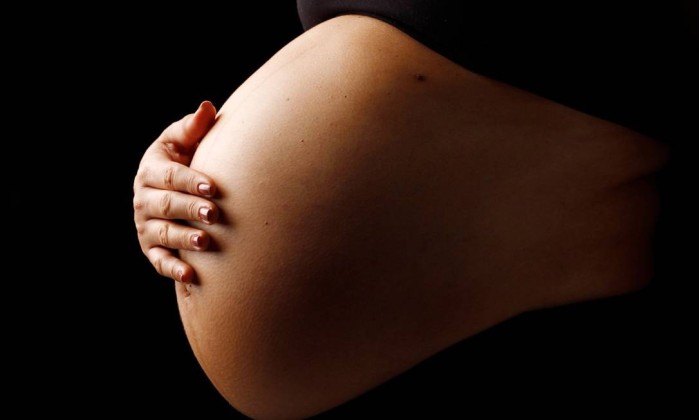5 Myths About Your Waters Breaking

Many women ask a lot of question when thinking about the possibility of their waters breaking. It’s pretty normal to feel a bit worried about your waters breaking, particularly if you have no idea what to expect.
Here are 5 myths about your water breaking that are just not true:
1: You Have No Warning
While you don’t know exactly when your waters may break, it commonly happens during active labor, this means you’ve already been having regular contractions for a while. If your waters happen to break before labor begins, you will usually have some warning signs, like mild cramping that feels a bit like period pain, or even lower backache. There aren’t any rules to labor and birth, but there is a fairly typical chain of events that women can look out for. That being said, everyone is unique and may experience their waters breaking much differently.
2: You Will Feel Your Waters Break
You might or might not feel it. You might feel a rush of fluid, a trickle or simply wonder if you have pee’d on yourself. You may feel all of the above or none at all! It can actually be harder than you think to tell if your waters have broken. Vaginal fluid increase toward the end of pregnancy, and the mucus plug can begin to come away as the cervix starts to ripen. This also can be mistaken for amniotic fluid. Some women experience the full gush of waters, and are surprised that more fluid can come out with each contraction. Most of the time, if your waters have broken, moving around or being in an upright position will give you a clue as to what’s going on, as you may feel wetness that you can’t control.
3: Labor Doesn’t Start Immediately
Just because your waters have broken doesn’t mean labor is going to start immediately. Contractions might start in a few hours, which may last for 12 or more hours. About 1 in 10 women experience their waters breaking several hours before labor begins. How long you have to wait depends on a few factors, such as your baby’s position. Many women want things to move faster and will try to encourage contractions to begin. It is advisable to try not to wear yourself out because you will need that energy for later and definitely don’t insert anything in your vagina to limit infection risk.
4: You Might Get An Infection
The amniotic sac serves a purpose other than holding onto the amniotic fluid. It acts as a barrier to prevent infections which can cause severe complications. If water is trickling out there is little chance of bacteria swimming against the tide, unless something is inserted into the vagina and close to the cervix. the possibility of infection is very low. Contractions may begin between 48 and 72 hours after your water has broken. Your doctor may recommend induction of labor as the risk of you acquiring an infection is believed to be increased as time passes without labor.
5: You Might Have A Dry Birth
The old myth says when a woman’s waters break days or weeks before labor begins, all the fluid is gone and she will have a dry birth. This is just not true. The baby’s head acts like a cork in a bottle, so if the amniotic sac breaks not all the water can escape at once. When there is a large gush, it is because the baby’s head isn’t fully engaged and there is a decent amount of fluid in front of the head. Once the sac ruptures, the baby’s head will cork the opening of the cervix and act as a plug for the water remaining. Amniotic fluid can also replenish itself. During late pregnancy, the source of most of the fluid is from the baby and the rest from the mother. A healthy baby can replenish the fluid even if the amniotic sac has ruptured.



Thanks MIM
Very well noted.
thnx mim
I got the experience